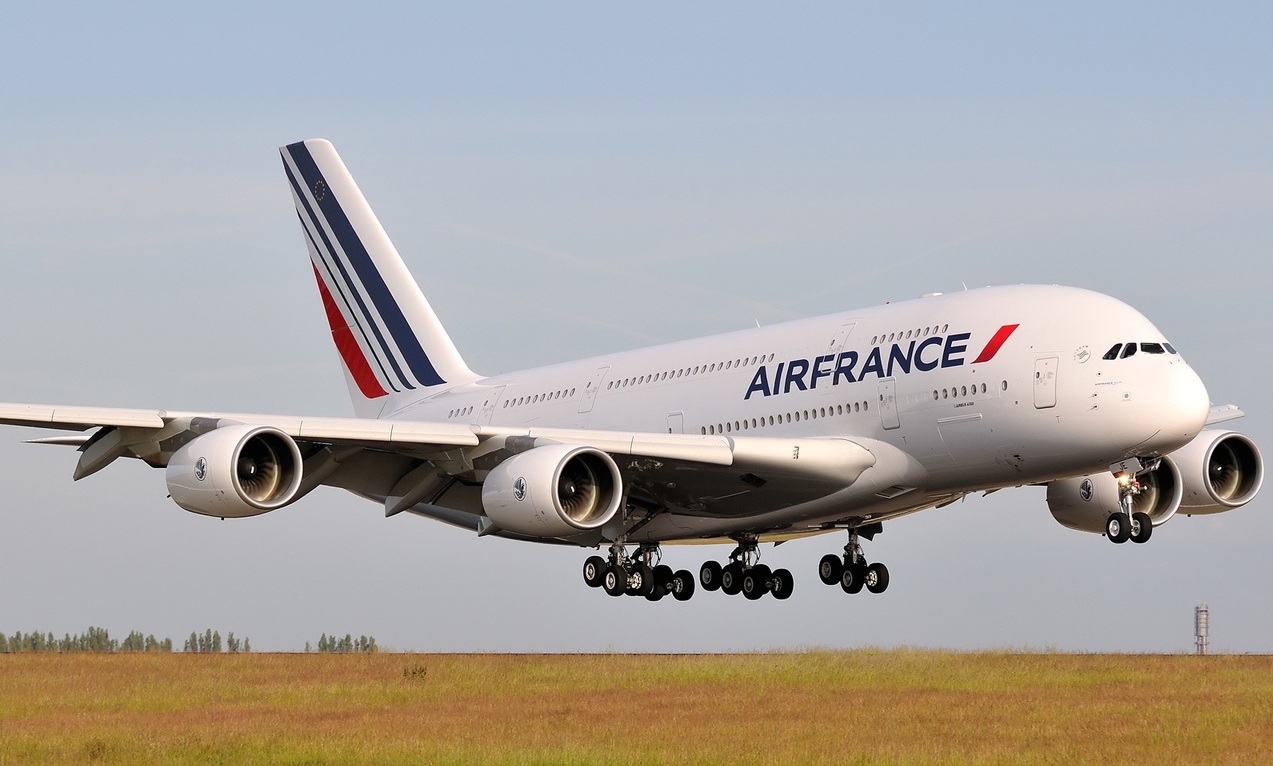The Airbus A380 holds the title of the world’s largest passenger aircraft, a marvel of engineering designed to accommodate hundreds of passengers in ultimate comfort while flying long-haul routes. First introduced in 2007, the A380 was developed to meet the growing demand for air travel and to offer airlines the ability to transport more passengers with fewer flights. With its distinctive double-deck design and immense wingspan, the A380 has become a symbol of luxury and scale in modern aviation. In this article, we’ll explore the history, design, and significance of the Airbus A380, along with its impact on the airline industry.
A brief history of the Airbus A380
The Airbus A380 was officially launched in 2000, with its first commercial flight taking place in 2007 with Singapore Airlines. The idea behind its development was to create an aircraft capable of carrying more passengers while reducing the number of flights required, particularly on congested routes between major hubs. Airbus aimed to provide a solution to overcrowded airports by offering a superjumbo jet that could seat over 500 passengers. The A380 was seen as a response to the Boeing 747, which had dominated the long-haul market for decades. With airlines like Emirates, British Airways, and Qantas embracing the aircraft, the A380 became a fixture on international routes.
Unparalleled size and capacity
One of the most striking features of the Airbus A380 is its size. With a wingspan of nearly 80 meters (262 feet) and a length of 72.7 meters (238 feet), the A380 is the largest passenger aircraft in the world. Its two decks allow for an impressive seating capacity, with most configurations seating between 500 and 550 passengers. In some all-economy layouts, the aircraft can accommodate up to 850 passengers. The spacious design enables airlines to offer premium amenities such as onboard bars, lounges, and private suites for first-class travelers. Despite its massive size, the A380 offers a smooth and quiet flight experience, thanks to its advanced aerodynamics and powerful engines.
Technological innovations and performance
The Airbus A380 is not just known for its size but also for its technological advancements. It is equipped with four Rolls-Royce Trent 900 or Engine Alliance GP7200 engines, which provide the aircraft with the power to carry heavy loads over long distances. The A380 can fly a range of up to 15,200 kilometers (9,400 miles), making it ideal for intercontinental flights. Additionally, the aircraft features a sophisticated fly-by-wire system and advanced cockpit technology, enabling pilots to manage its size and weight with ease. Despite its large capacity, the A380 is designed to be fuel-efficient, with innovations that reduce its environmental impact compared to older aircraft.
